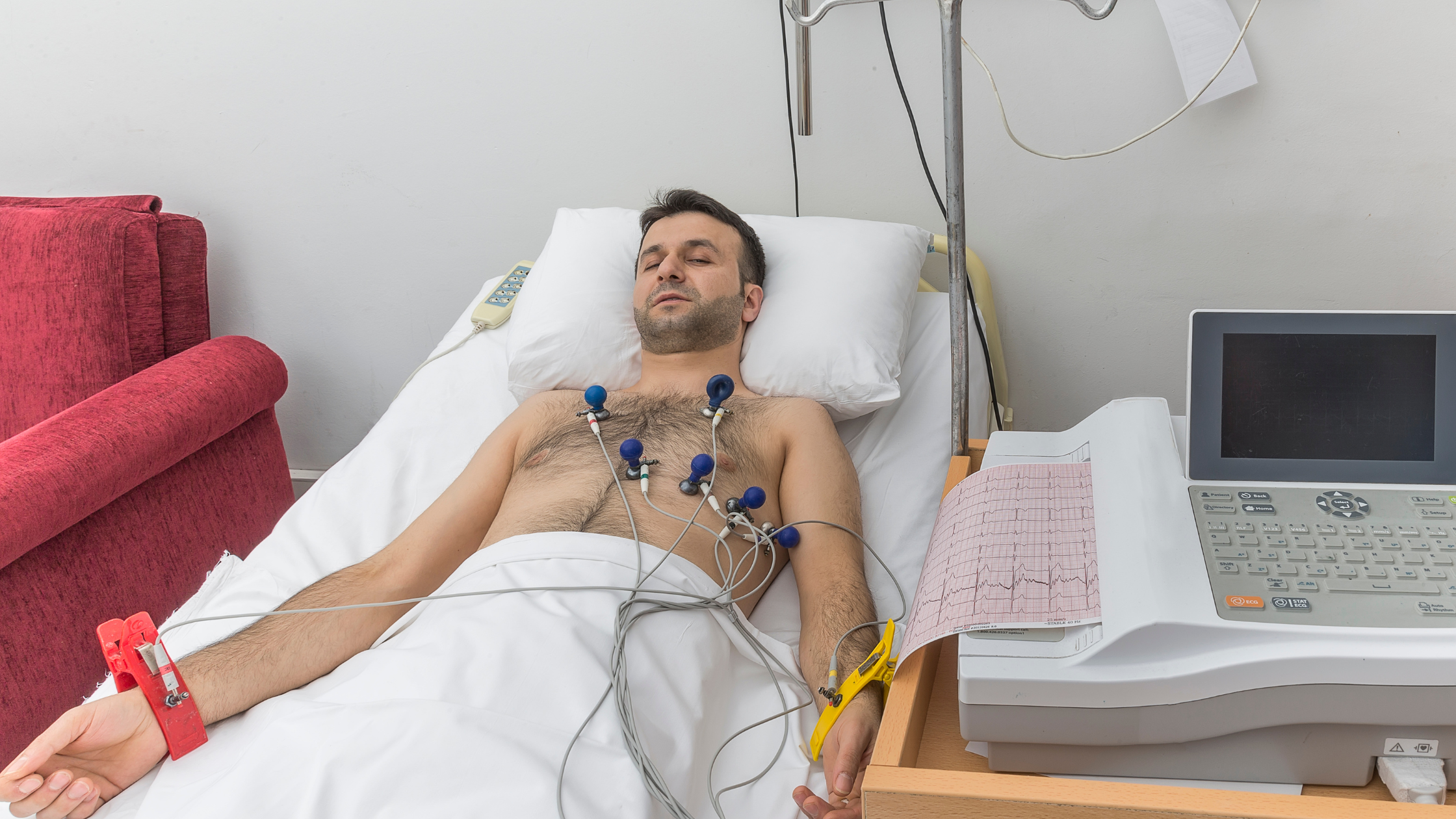
30 Nov How ECG machine is a Life Saving Device
An electrocardiogram (ECG) is a most important simple test that can be used to check your heart’s rhythm and electrical activity. Sensors attached to the skin are used to detect the electrical signals produced by your heart each time it beats. To test the heart electrical activity, 3, 5 or 12 leads connected to an ECG machine is necessary. Those leads are patched on the patient : arms, chest and legs are the most used spots. When having an ECG test, the patient will not feel any pain but sometimes the removal of the leads is painful. The longer these pads are connected to the body, the harder is to remove them and more pain is induced to the patient.
Depending on the reason for the test, a doctor may choose not to keep the patient at rest during the ECG. During an ECG exercise test, the patient must be supervised by not only the ECG technician, but also a medical doctor. Occasionally a patient participating in this test will have exercise induced chest pains. The pains will resolve when the exercise is stopped.
The use of ECG machines are good when a patient has particular symptoms. These symptoms include a hard time breathing, chest pains, fainting or an irregular heart beat. To perform an ECG test, a person is hooked up to the machine for a short amount of time. If a person is a patient in the hospital, they may need to wear the ECG monitor for longer amounts of time.
While there are many companies that manufacture and distribute ECG machines, one of the leading providers of imaging supplies is GE Marquette. You should not be surprised if you notice this name on your medical equipment the next time you go to the doctor’s office or clinic for an ECG.
Diagnosing coronary artery disease involves several tests including an ECG. Coronary artery disease means that plaque has built up on the inner portion of the coronary arteries. If you have this build up, your heart works much harder in order to maintain normal blood flow and volume throughout the body. An ECG measures electrical impulses and therefore can detect changes should plaque build up be present.
To determine the size and the position of the heart chambers, a physician will use an ECG. He will note also the heart activity such as the rate and regularity of heartbeats. The ECG helps also detecting if there’s a heart pathology and the effect of medicines and heart devices (pacemaker) on the heart.
Testing the electrical activity of the heart is done with ECG machines. These painless tests may be performed at rest or exercising and are used to detect many different symptoms, including chest pains, fainting, breathing difficulties, and abnormal heart rhythms. The ECG allows doctors to determine the size and position of the heart chambers and diagnose such conditions as coronary artery disease. ECG’s can also be used to test the effectiveness of medications and medical devices, such as pace makers. Many companies manufacture Imaging Supplies for ECG tests, including GE Marquette and Philips.

No Comments